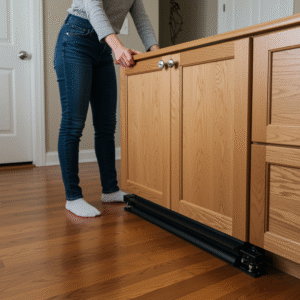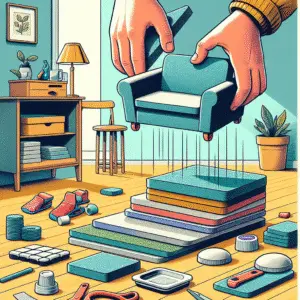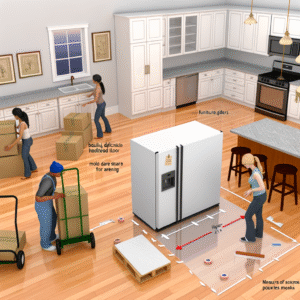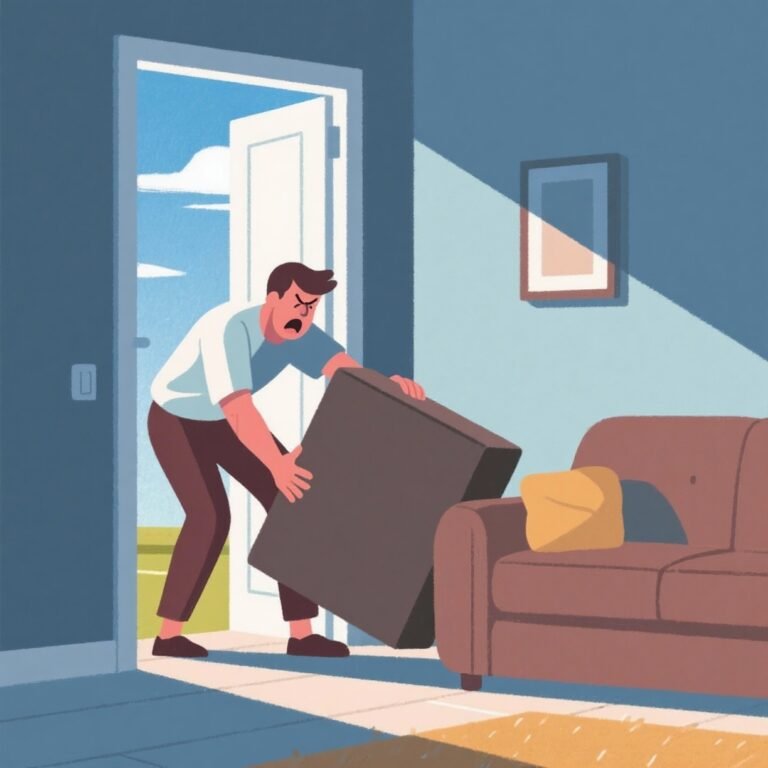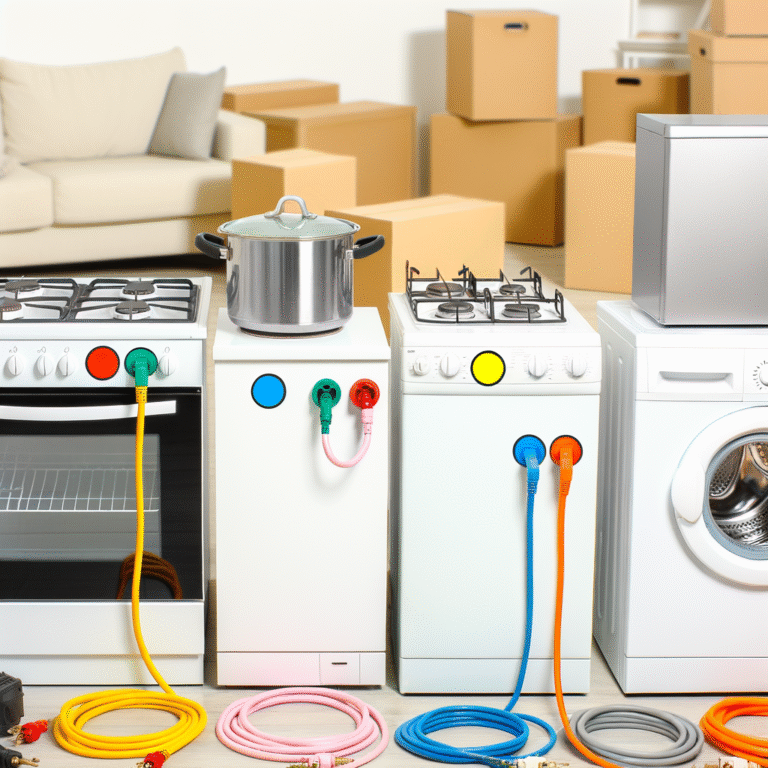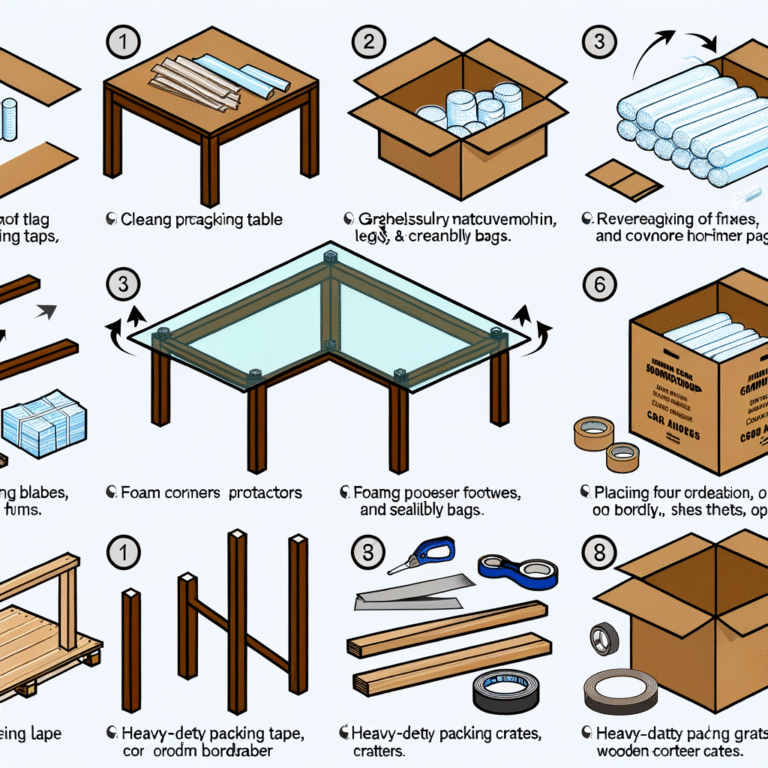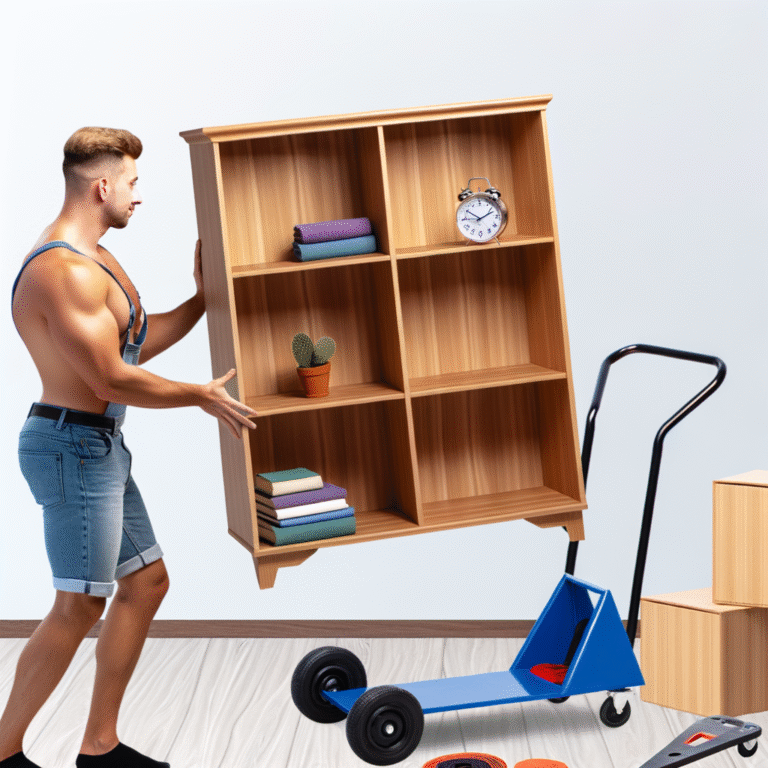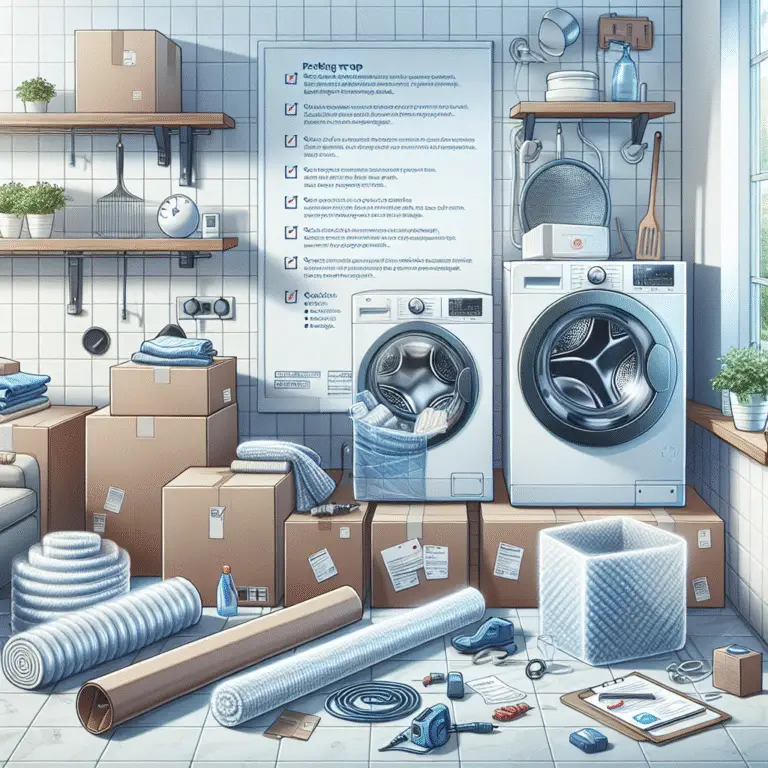Are You Using Furniture Sliders Wrong?
How to Use Furniture Sliders on Carpet vs Tile: Your Complete Guide to Easy Furniture Moving
Why Choosing the Right Furniture Sliders Matters
Moving heavy furniture doesn’t have to damage your floors or strain your back. Learn how to select and use the right furniture sliders for carpet and tile surfaces to make furniture rearrangement effortless and safe.
1Understanding Furniture Slider Types
Hard Surface Sliders (For Tile, Hardwood, Laminate)
Hard surface sliders feature soft materials like felt, rubber, or microfiber on the bottom surface. These materials create a smooth interface between your furniture and hard floors, preventing scratches while allowing effortless gliding.
Carpet Sliders (For Rugs and Carpeted Floors)
Carpet sliders have hard, smooth plastic or metal surfaces that can pierce through carpet fibers and slide easily across the carpet backing. The firm surface distributes weight evenly and reduces friction.
Always check your furniture legs before using sliders. Remove any existing protective pads or caps, as they can interfere with slider placement and effectiveness.
2Step-by-Step: Using Sliders on Carpet
Preparation Phase
Clear the path where you’ll be moving the furniture. Vacuum the carpet thoroughly to remove debris that could interfere with sliding. Choose carpet sliders that are appropriately sized for your furniture legs.
Slider Placement
Lift one side of the furniture slightly and place carpet sliders under each leg, with the hard plastic surface facing down. The sliders should make firm contact with the carpet. For round legs, use disk-style sliders; for square legs, use square sliders for better stability.
Moving Technique
Push from the sturdiest part of the furniture, typically the center or a solid structural element. Move slowly and steadily, maintaining even pressure. The hard plastic surface will glide smoothly over the carpet fibers.
Carpet Slider Checklist
- Verify sliders are hard plastic or metal surface
- Ensure sliders fit snugly under furniture legs
- Check that carpet pile isn’t too thick (over 1 inch may require special sliders)
- Test movement with light pressure before full relocation
- Keep spare sliders handy in case one slips out
3Step-by-Step: Using Sliders on Tile
Surface Preparation
Clean the tile floor thoroughly to remove dirt, grit, or moisture that could cause scratching or slipping. Check for any loose or cracked tiles that might catch the sliders. Ensure the area is completely dry before proceeding.
Selecting the Right Sliders
Use felt-bottom sliders for smooth tiles, rubber-bottom for textured tiles, and microfiber for delicate surfaces. The soft material protects your tile while providing smooth movement. Avoid plastic or hard sliders that could scratch the tile surface.
Movement Technique
Lift one corner of the furniture and slide the appropriate slider underneath each leg. The felt or rubber side should face down toward the tile. Move furniture slowly and in straight lines when possible, avoiding sharp turns that could cause sliders to shift or fall out.
Tile Slider Checklist
- Confirm sliders have soft felt, rubber, or microfiber bottom
- Clean floor surface completely before starting
- Check for grout lines that might catch sliders
- Test on a small area first to ensure no scratching
- Move slowly to maintain control and slider position
Pro Tips for Maximum Effectiveness
Weight Distribution
For very heavy furniture, use multiple people to lift slightly while placing sliders. This reduces stress on both the furniture and the floor, ensuring sliders seat properly under each leg.
Slider Maintenance
Clean sliders after each use to remove carpet fibers, dust, or debris. Store them in a dry place to prevent felt from becoming compressed or rubber from degrading. Replace worn sliders promptly.
Multi-Surface Rooms
When moving furniture from carpet to tile (or vice versa), stop at the transition point and switch to appropriate sliders for the new surface. This prevents damage and ensures smooth movement.
Common Pitfalls That Damage Floors
- Using Wrong Slider Type: Hard sliders on tile will scratch, while soft sliders on carpet won’t glide properly and may tear.
- Forcing Movement: If furniture isn’t moving smoothly, stop and check slider placement rather than applying more force.
- Ignoring Weight Limits: Most standard sliders support up to 100 pounds per slider. Heavy furniture needs heavy-duty sliders.
- Moving Too Fast: Rapid movement can cause sliders to shift or fall out, potentially damaging floors.
- Dirty Surfaces: Debris between slider and floor acts like sandpaper, causing scratches and wear.
For antique or valuable furniture, consider using furniture dollies instead of sliders for maximum protection. The wheels distribute weight more evenly and eliminate any sliding friction.
Master Furniture Moving Like a Pro
 With the right sliders and proper technique, you can rearrange your furniture safely and effortlessly. Remember: carpet needs hard sliders, tile needs soft sliders, and preparation is key to protecting your floors.
With the right sliders and proper technique, you can rearrange your furniture safely and effortlessly. Remember: carpet needs hard sliders, tile needs soft sliders, and preparation is key to protecting your floors.
Clean surfaces, choose appropriate sliders, and move slowly for best results. Your back and your floors will thank you!
Start your next furniture rearranging project with confidence – you now have the knowledge to do it right the first time.



